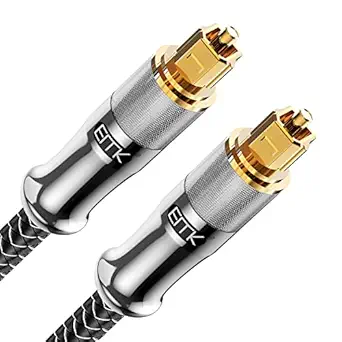The Ultimate Buying Guide for Audio Interface: Types, Key Considerations, Features, Prices, Tips, and FAQs
Overview
An audio interface is an essential tool for recording and producing high-quality audio. It allows you to connect microphones, instruments, and other audio sources to your computer, providing you with a way to capture and process sound. With so many different types and features available, choosing the right audio interface can be overwhelming. In this guide, we'll break down everything you need to know to make an informed decision.
Types
There are several types of audio interfaces available on the market. Here are some of the most common types:
1. USB Interface: This type of audio interface is the most popular and affordable option. It connects to your computer via USB and is ideal for home recording and podcasting.
2. Thunderbolt Interface: Thunderbolt interfaces are faster and more reliable than USB interfaces. They are ideal for professional recording studios and musicians who require low latency.
3. Firewire Interface: Firewire interfaces are similar to Thunderbolt interfaces but are less common. They are ideal for recording multiple channels simultaneously.
Key Considerations
When choosing an audio interface, there are several key considerations to keep in mind. Here are some of the most important factors to consider:
1. Input/Output: The number of inputs and outputs you need depends on your recording needs. If you're recording a single instrument or microphone, a two-channel interface will suffice. If you're recording a full band, you'll need an interface with multiple inputs.
2. Preamps: Preamps are essential for recording high-quality audio. They amplify the signal from your microphone or instrument and provide clean gain. Look for an interface with high-quality preamps.
3. Sample Rate and Bit Depth: Sample rate and bit depth determine the quality of your recordings. Higher sample rates and bit depths produce higher-quality recordings.
Features
Audio interfaces come with a variety of features. Here are some of the most important features to look for:
1. Phantom Power: Phantom power is necessary for condenser microphones. It provides power to the microphone and allows it to function properly.
2. MIDI: MIDI allows you to connect keyboards, synthesizers, and other MIDI devices to your computer.
3. DAW Compatibility: Make sure the interface you choose is compatible with your digital audio workstation (DAW) software.
Prices
Audio interfaces vary in price depending on their features and quality. Here are some general price ranges:
1. Budget: $50-$200
2. Mid-range: $200-$500
3. High-end: $500-$1000+
Tips
Here are some tips to help you choose the right audio interface:
1. Determine your recording needs before purchasing an interface.
2. Consider your budget and choose an interface that fits within it.
3. Read reviews and compare features before making a decision.
FAQs
Q: Do I need an audio interface to record music?
A: While it's possible to record music without an audio interface, an interface provides better sound quality and more flexibility.
Q: Can I use an audio interface with my laptop?
A: Yes, most audio interfaces are compatible with laptops.
Q: How many inputs and outputs do I need?
A: This depends on your recording needs. If you're recording a single instrument or microphone, a two-channel interface will suffice. If you're recording a full band, you'll need an interface with multiple inputs.
Q: What is latency?
A: Latency is the delay between when you play or sing a note and when you hear it through your headphones. Lower latency is better.
Q: What is a DAW?
A: A DAW is a digital audio workstation. It's software that allows you to record, edit, and mix audio on your computer.














